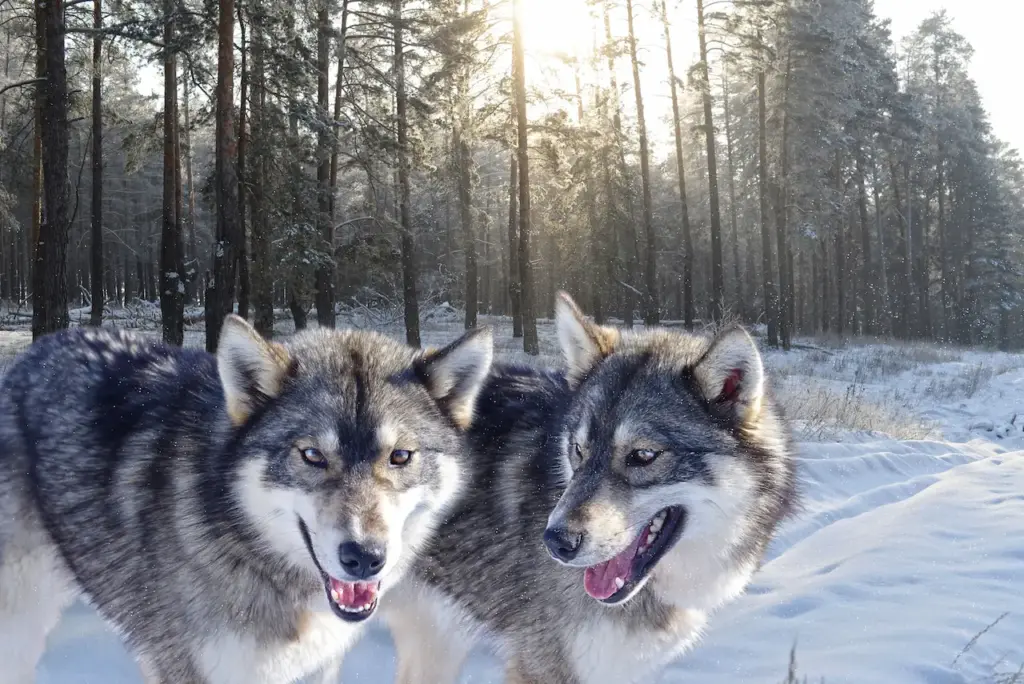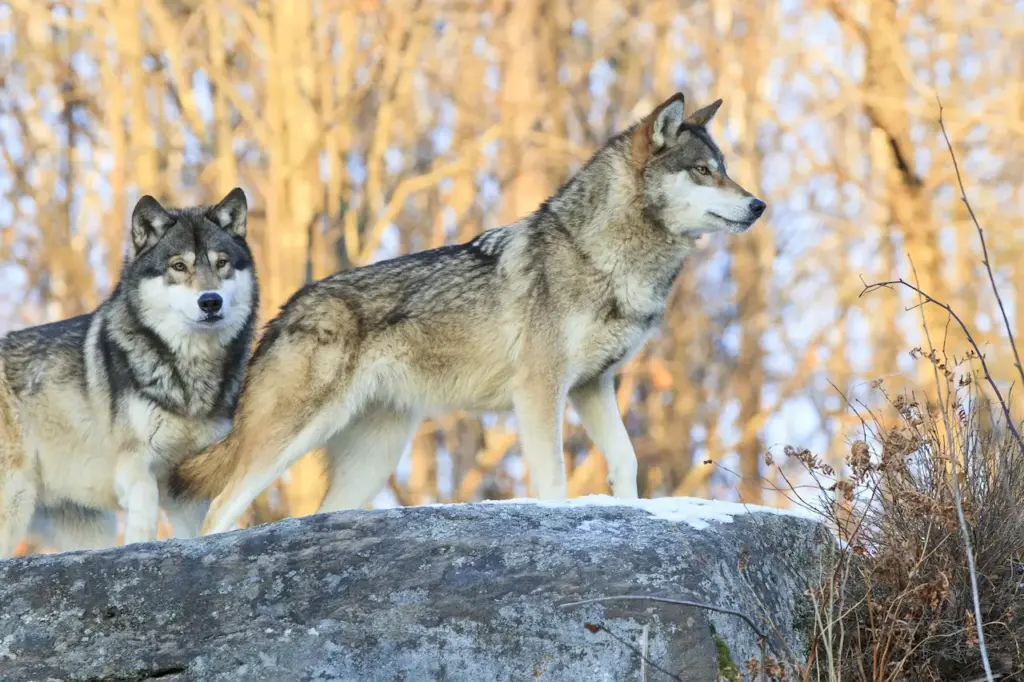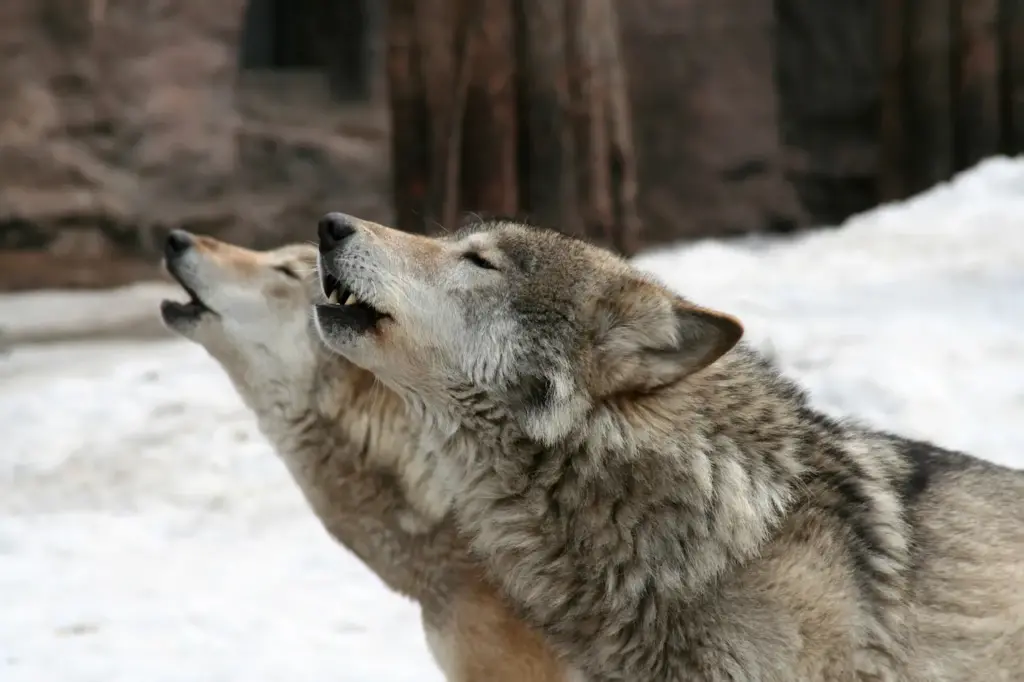What Eats Wolves?
Categories
- Accipitridae (1)
- Acrididae (1)
- Algae (2)
- Alligatoridae (1)
- Amoebidae (1)
- Amphibians (3)
- Anatidae (1)
- Anguillidae (1)
- Arachnids (2)
- Bears (2)
- Big Cats (3)
- Birds (13)
- Bovidae (5)
- Bufonidae (1)
- Camelids (1)
- Cameras (1)
- Canines (13)
- Caridea (1)
- Carnivora (10)
- Castoridae (1)
- Cats (4)
- Cebidae (1)
- Cephalopod (1)
- Cervidae (2)
- Cetacean (1)
- Chondrichthyes (1)
- Crocodilia (2)
- Crustaceans (4)
- Culicidae (1)
- Cyaneidae (1)
- Dasypodidae (1)
- Dasyurids (1)
- Deer (1)
- Delphinidae (1)
- Desktop (1)
- Didelphidae (1)
- Dinosaurs (1)
- Dogs (13)
- Dolphins (2)
- Echinoderms (1)
- Education (10)
- Elephantidae (1)
- Equine (1)
- Erethizontidae (1)
- Erinaceidae (1)
- Farming (1)
- Felidae (5)
- Fish (5)
- Food Chain (31)
- Food Web (2)
- Formicidae (1)
- Frugivore (1)
- Gaming (1)
- Gastropods (1)
- Giraffids (1)
- Great Apes (2)
- Health Conditions (3)
- Herbivore (4)
- Hi-Fi (1)
- Hippopotamidae (1)
- Hominidae (1)
- Insects (10)
- Invertebrates (2)
- Keyboards (1)
- Laptops (1)
- Leporidae (1)
- Mammals (23)
- Marsupials (4)
- Mephitidae (1)
- Microchiroptera (1)
- Mollusks (2)
- Mongoose (1)
- Muridae (1)
- Nocturnal Animals (1)
- Odobenidae (1)
- Omnivore (2)
- Phasianidae (1)
- Phocidae (1)
- Plankton (1)
- Plants (2)
- Primate (1)
- Ranidae (1)
- Reptiles (7)
- Rhinocerotidae (1)
- Rodents (5)
- Salamandridae (1)
- Scarabaeidae (1)
- Sciuridae (2)
- Sharks (1)
- Shellfish (1)
- Sound (1)
- Spheniscidae (1)
- Suidae (1)
- Superfamily Papilionoidea (1)
- Theraphosidae (1)
- What Eats (5)
Wolves are apex predators at the top of the food chain in their natural habitats. Carnivores prey on various animals, including deer, elk, moose, beavers, rabbits, and small rodents. However, wolves can also become prey themselves at times. Several predators and scavengers will feed on wolves when given the opportunity.
As carnivores atop the food chain, wolves prey on many species, including ungulates as large as moose and smaller mammals like beavers and rabbits. Their pack hunting style allows them to successfully take down big game larger than themselves.
However, wolves face their predators and threats from both competing carnivores and omnivorous scavengers. Examining these relationships provides insights into the complex food web dynamics in habitats where wolves live.
Table of Contents
ToggleLarge Predators that Hunt Wolves
In areas where their ranges overlap, wolves must be wary of larger carnivore species that pose a predatory threat. These big predators include bears and big cats like cougars, tigers, and leopards.
Due to their sheer size and strength, these solitary hunters can overpower and kill individual wolves or small packs, especially if they catch them alone and unprepared.
However, wolves have evolved behaviours to minimize these risks. In areas where habitats overlap, wolves may be hunted by several larger carnivore species.
These include:
Bears
Grizzly and black bears, especially mothers with cubs, will prey on wolves. Bears have the size and strength advantage over a single wolf.
They can deliver powerful blows and have been known to hunt, kill, and eat wolf pups and sometimes adult wolves from the same pack. This usually occurs when the wolves’ den is discovered. Bears will also steal wolf kills, displacing the pack from their prey.
Mountain Lions
Mountain lions, also known as pumas or cougars, are another formidable wolf predator. Their stealth hunting style and ability to stalk, ambush, and leap onto prey make them effective wolf hunters.
A solitary mountain lion can overpower a single wolf. Wolf packs may be able to drive off or even kill cougars when defending their territory and pups.
Other Big Cats

Wolves and Forest in the Snow What Eats Wolves
Tigers, leopards, and jaguars can and will kill wolves as competitors in overlapping habitats. Cases of Amur tigers preying on grey wolves in Russia have been documented. Leopards and jaguars will take down wolves in Africa, Asia, and North America. Their powerful bites and claws allow them to crush a wolf’s skull or spine.
Scavengers
Wolves already dead or dying may be consumed by omnivorous scavenger species. These include:
Bears
Both grizzly and black bears will readily scavenge wolf carcasses. In spring, bear scavenging provides an important food source when they emerge from hibernation. Bear scavenging helps recycle nutrients back into the ecosystem.
Coyotes
As fellow canid species, coyotes will scavenge wolf kills. They typically wait until the wolves have eaten and moved on before approaching the remaining carcass. Coyotes may also feed on wolf carcasses they discover. They are highly adaptable scavengers.
Crows & Ravens
As intelligent omnivorous birds, crows and ravens readily scavenge wolf kills for meat. In some cases, they may even peck out and consume the eyes of still-living injured wolves who are weak and vulnerable. Besides meat, they consume organ parts rich in nutrients.
Vultures
Scavenging vultures soar high above, looking for carrion to feed on. Once a dead wolf is detected, vultures circle down and use their hooked beaks to tear off pieces of flesh. They have extremely acidic stomachs that help neutralize any bacteria or parasites when consuming rotten meat.
Insects & Maggots
Carrion insects, including blowflies and flesh flies, detect dead animal matter from great distances. When they locate a wolf carcass, they descend on it to lay eggs, which quickly hatch into maggots. The maggots consume and break down the soft tissues. They help decompose the remains.
Foxes
Foxes are opportunistic omnivores that will readily feed on wolf carcasses that they find, especially organ tissues and stomach contents. Carrion may provide a good meal for a fox in winter when fresh prey is scarce.
Wolf Cannibalism

Wolves on the Hunt
In extreme cases of prey scarcity, wolf packs may turn to cannibalism and consume weaker members of their pack. However, this is rare due to strong social bonding in wolf packs. Starving wolves typically focus their hunting efforts on finding other prey species first. Cases of cannibalism include:
Killing Wolf Pups
Adult wolves may kill and consume younger pups within their pack who are weak, sickly, or deformed at birth. This occurs most often during times of environmental stress when resources are scarce. Removing unhealthy pups ensures the pack’s overall survival chances.
Eating Deceased Pack Members
If an adult wolf dies from illness, injury, or starvation, other wolves from their social pack may feed on the body to prevent it from going to waste. This provides some sustenance when prey cannot be found.
Attacking Weaker Wolves
In times of extreme famine, stronger wolf pack members may turn on and kill weaker members of their pack for food. The weak are the old, young, and injured. This desperate act occurs only when all other food sources are gone.
Human Impact on Wolf Populations
Humans have persecuted wolves for centuries, viewing them as threats to livestock and as competitors for wild game. As civilization expanded, aggressive extermination campaigns sought to eradicate wolves.
Wolves were shot, trapped, and poisoned across much of Europe, North America, and elsewhere. Only a few isolated populations remained by the mid-20th century.
Fortunately, modern conservation ethics have shifted public opinion, and legal protection for wolves has increased in recent decades. Wolf packs have been reintroduced into several park habitats where they had been exterminated. Their populations are slowly recovering under endangered species laws.
While historical persecution decimated wolf populations, purposeful rehabilitation programs today strive to restore stable packs to their native ranges. With continued habitat conservation and public education, wolves can again thrive in the wild for future generations.
Preventing Predation
Wolves have evolved several key adaptations and behaviours to help avoid becoming prey:
- Keen senses – Their excellent sense of smell, sight, and hearing helps wolves detect threats.
- Mob hunting – Wolves hunt in coordinated packs to take down big game beyond the reach of solitary predators.
- Complex communication – Whines, barks, and howls help coordinate movements and warn each other of danger.
- Territorial marking – Urine and scat mark territory boundaries to warn off competitors.
- Den defence – Fierce pack defence protects pups at the den site from predator attacks.
- Avoidance – Wolves generally avoid areas with major predator threats whenever possible.
- Speed – Their long limbs allow wolves to reach speeds of 65 km/h in pursuit or flight from danger.
While apex predators, wolves still fall prey to larger carnivores at times. Scavengers also play an important role in cleaning up wolf remains. However, evolved survival mechanisms like group hunting help minimize wolf losses under most normal conditions in the wild.
Their complex social structure supports the pack so that it stays strong against external threats. While competition is always present in nature, wolves remain at the top of the food chain in the habitats where they thrive.
Conclusion
While consummate predators themselves, wolves still fall prey to bears, big cats, and scavengers in the complex food webs where they live. However, their evolved pack behaviours confer strengths that help tip the balance back in the wolf’s favour.
This allows wolves to thrive as apex predators despite the dangers. Respect for the wolf reminds us that even dominant species face risks from competition and must constantly adapt to survive and avoid becoming prey.

